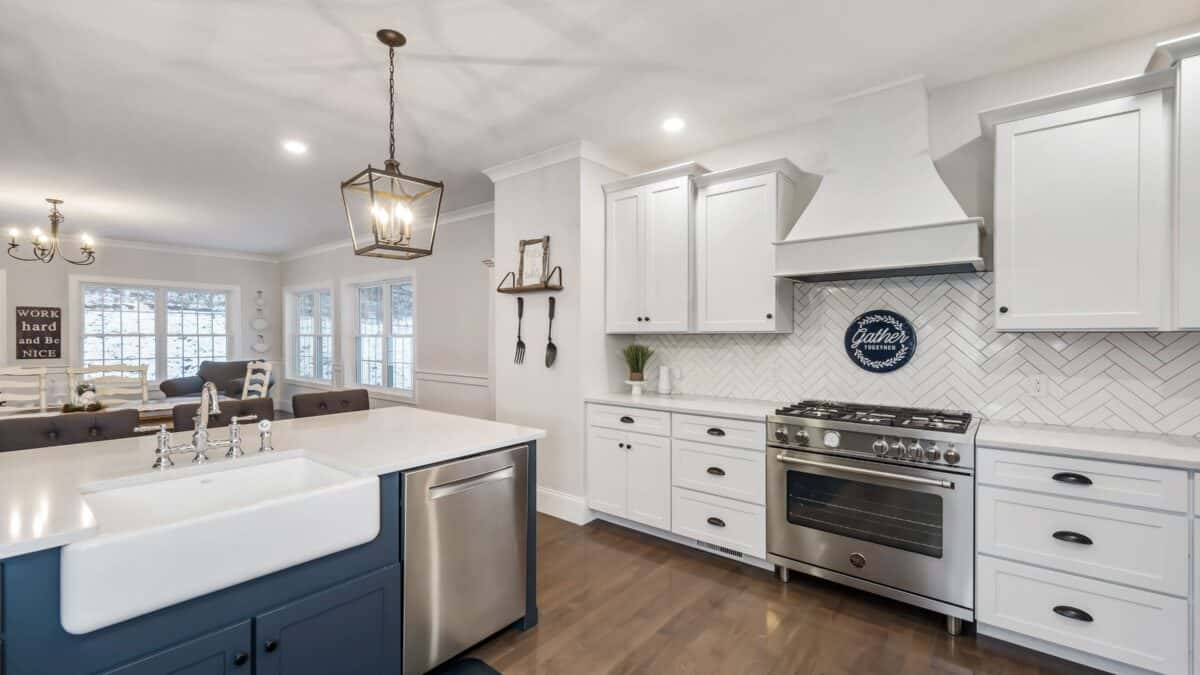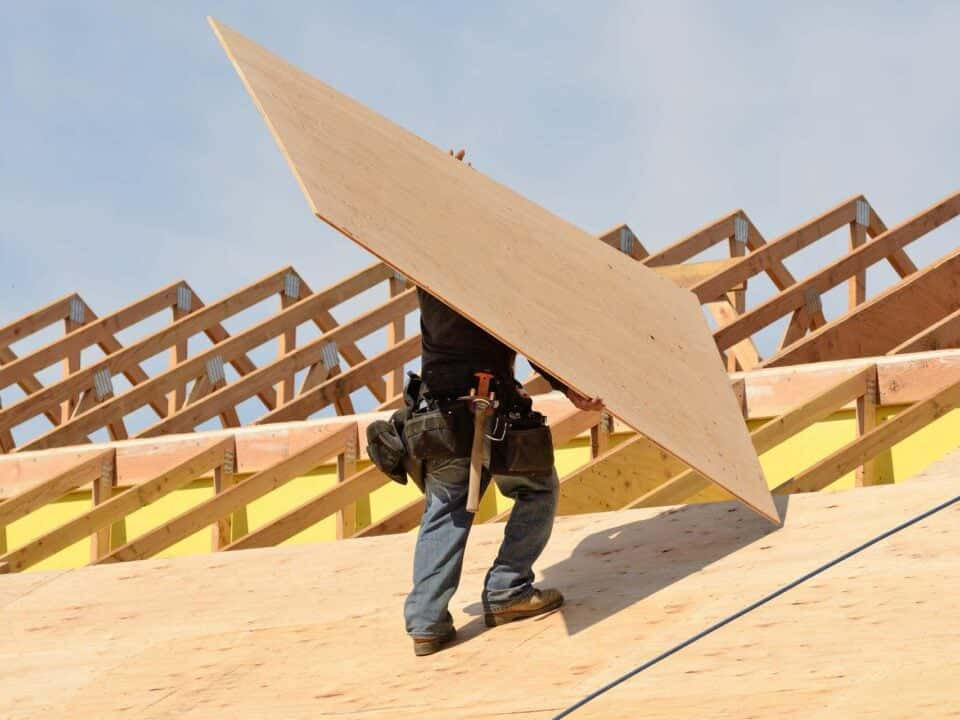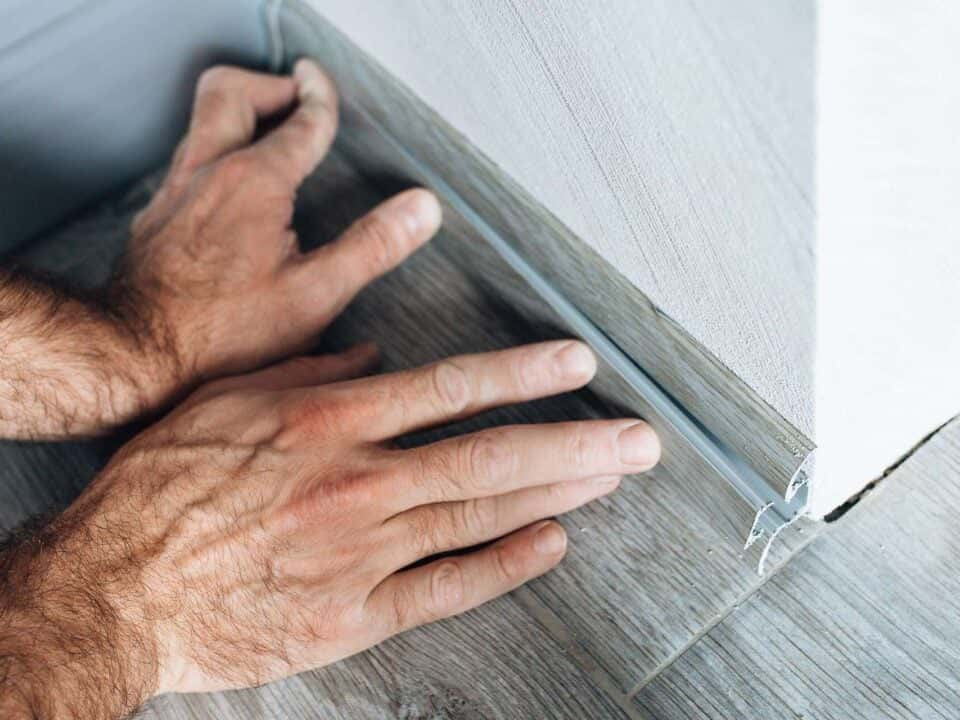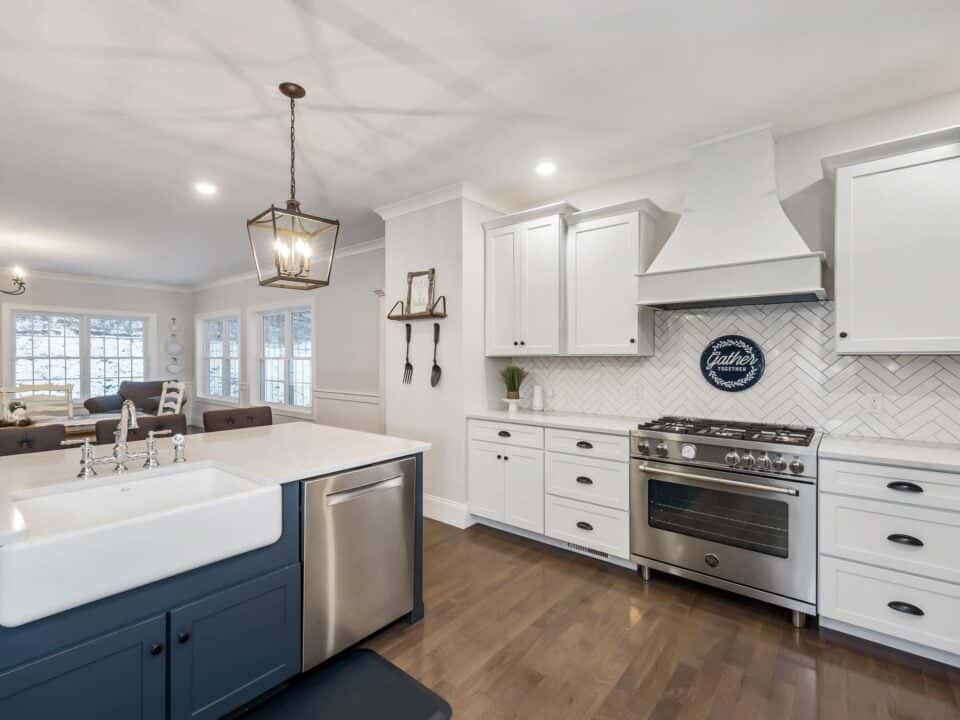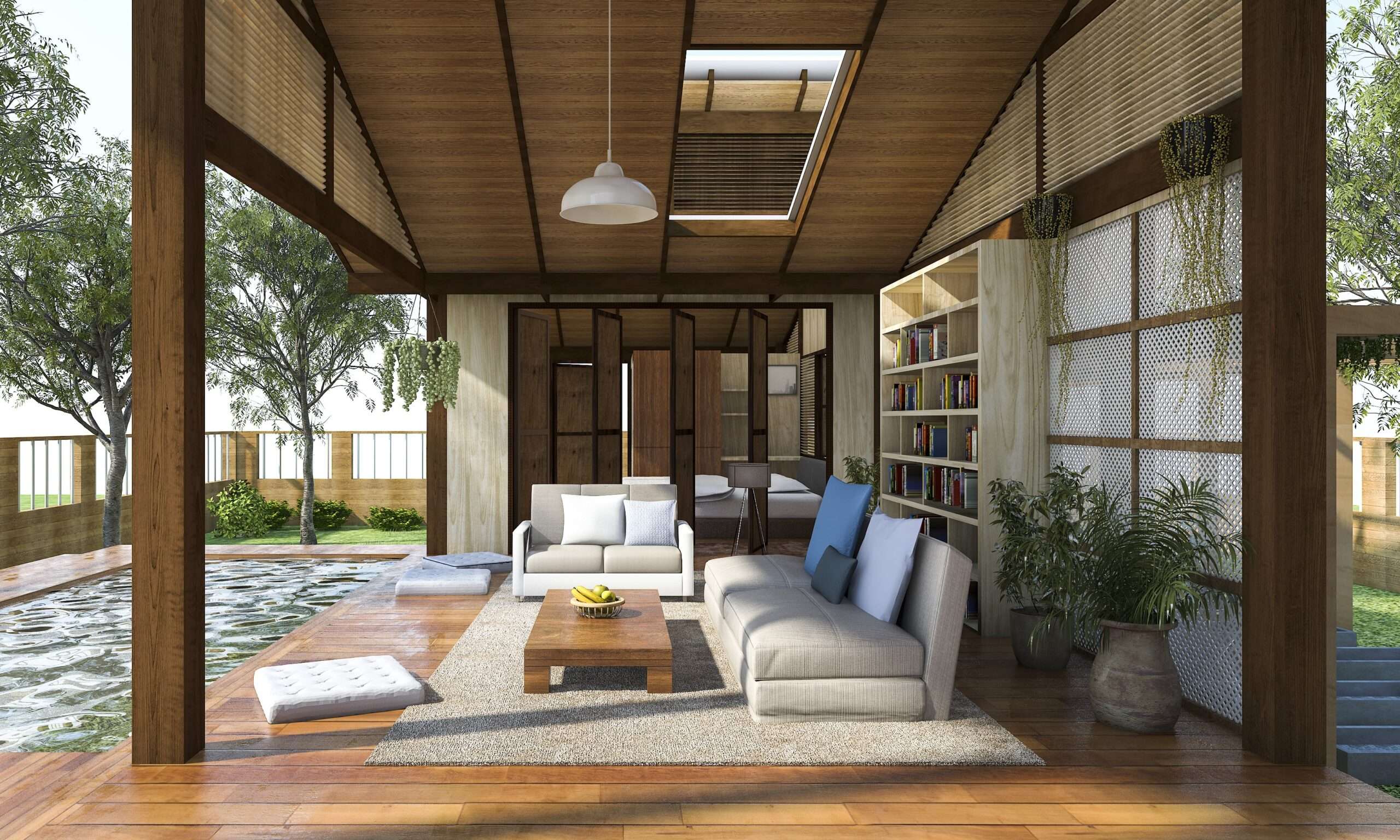
The Benefits of Using Exotic Hardwoods in Your Home
May 27, 2023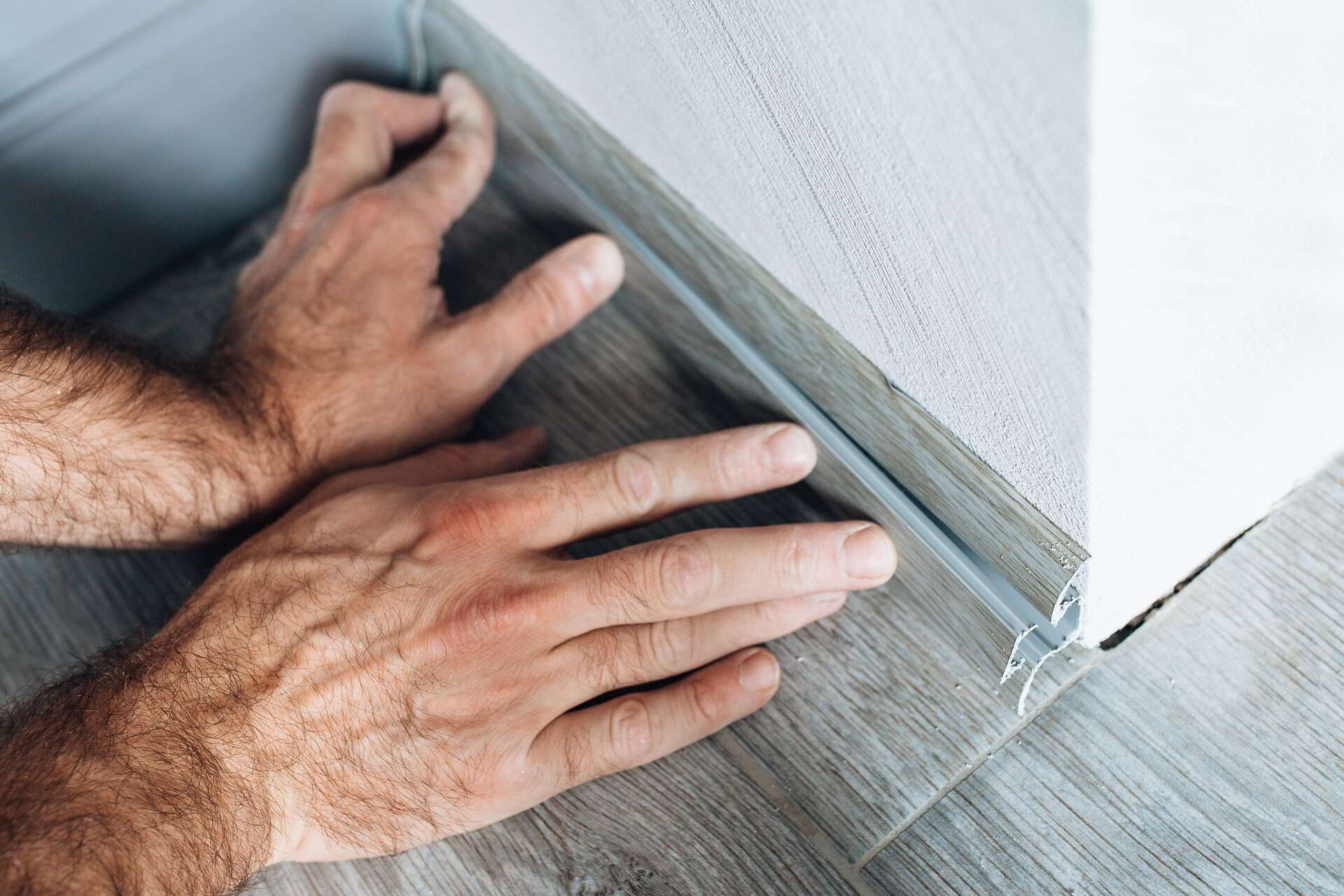
The Timeless Elegance of Hardwood Moulding
July 22, 2023Cabinets are not just practical storage solutions; they also play a vital role in defining the aesthetic appeal of any space. While the design and material of cabinets are important, the selection of cabinet hardware should not be overlooked. Cabinet hardware encompasses the handles, knobs, hinges, and pulls that provide both functionality and style to your cabinets. In this blog, we will explore the significance of cabinet hardware and provide valuable insights for selecting the perfect hardware to enhance both the beauty and usability of your cabinets.
The Importance of Cabinet Hardware:
Cabinet hardware serves a dual purpose – it facilitates smooth operation and adds visual interest to your cabinets. The right hardware can transform a plain cabinet into a stunning centerpiece, while also improving accessibility and usability. It is crucial to strike a balance between functionality and design, ensuring that your hardware complements the overall style of the space.
Considerations for Cabinet Hardware Selection:
a. Style and Aesthetics: Choose hardware that aligns with the desired style of your space, whether it’s modern, traditional, rustic, or contemporary. Consider factors such as shape, finish, and material to achieve a cohesive and visually appealing look.
b. Durability and Quality: Invest in high-quality hardware that can withstand daily use and last for years to come. Look for sturdy materials like solid brass, stainless steel, or zinc alloy that offer durability without compromising on style.
c. Ergonomics and Functionality: Consider the size, shape, and grip of the hardware to ensure comfortable use. Opt for hardware that is easy to grasp and maneuver, especially for frequently used cabinets.
d. Finish and Material: The finish and material of your hardware should complement the cabinet material and the overall color scheme of the space. Popular finishes include brushed nickel, chrome, bronze, and brass, each imparting a distinct aesthetic feel.
e. Consistency and Cohesion: For a cohesive look, ensure that the hardware in your entire space is consistent. While it’s acceptable to mix and match styles, aim for a unified theme to create a visually harmonious environment.
Types of Cabinet Hardware:
a. Handles and Pulls: Cabinet handles and pulls are versatile options for opening and closing cabinets. They come in various shapes and sizes, such as bar pulls, cup pulls, and ring pulls. These options provide a comfortable grip and can be an excellent opportunity to add character to your cabinets.
b. Knobs: Knobs are compact, circular hardware pieces that are typically mounted on cabinet doors and drawers. They are available in an array of designs, from simple and sleek to ornate and decorative. Knobs offer a classic and timeless appeal, particularly for traditional and vintage-inspired spaces.
c. Hinges: Hinges are essential for the smooth operation of cabinet doors. Concealed hinges provide a seamless look, while exposed hinges can add a touch of charm and nostalgia. Consider factors such as self-closing mechanisms and adjustable options to enhance functionality.
Installation and Maintenance:
a. Proper Installation: Ensure that your cabinet hardware is installed correctly, following manufacturer guidelines. Use appropriate tools and techniques to guarantee secure attachment and prevent any damage to your cabinets.
b. Routine Maintenance: Regularly clean and maintain your cabinet hardware to preserve its appearance and functionality. Wipe them down with a mild detergent and avoid abrasive cleaners that may damage the finish. Lubricate hinges periodically to prevent squeaking and ensure smooth operation.
Cabinet hardware offers a wonderful opportunity to enhance both the aesthetics and functionality of your cabinets. By carefully selecting the right hardware that aligns with your style, maintains quality, and provides ergonomic use, you can elevate the overall appeal of your space. Remember to consider factors such as style, durability, erg

